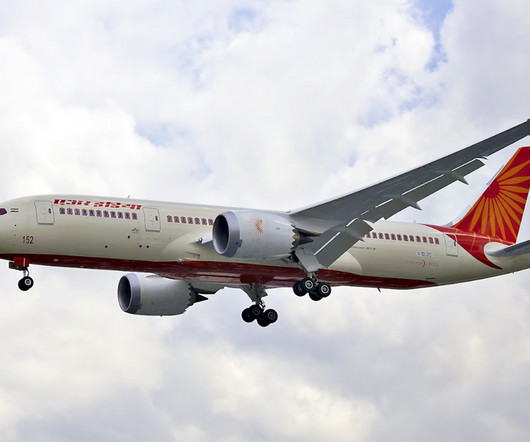Tailless Aircraft: How Airplanes Fly Without a Tail
Pilot Institute
JUNE 4, 2025
Upward Deflection : Raising both elevons decreases the camber of the wing. Downward Deflection : When the elevons are lowered, the camber increases. As a result, it creates induced thrust at the wingtips rather than induced drag. The Concorde, though civilian, showcased a delta-wing tailless layout in a supersonic airliner.











Let's personalize your content